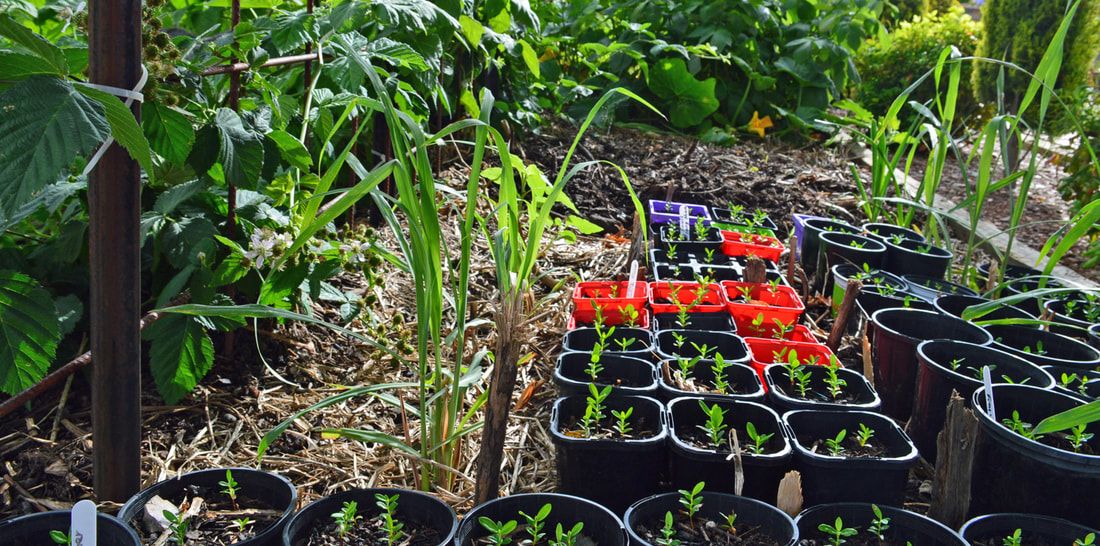|
The Art of Propagation – New Plants from Old
What is Propagation? Propagation is about making new plants from old, whether via cuttings, seed sowing, division, layering, grafting, and more. Different propagation methods suit different plant types. Division, stem cuttings and seed sowing are popular methods of propagation. Why propagate? Propagating your own plants means you can grow a wide range of plants, many of which aren’t readily available elsewhere. Propagating your own plants saves time, money and resource! Propagation is a fun and satisfying pastime. Common propagation methods: Seed Many plants can be propagated by sowing seed. Veggies, for instance, are readily propagated by seed. Harvesting your own veggie seeds means you can hand select seed from solid performers, which have been grown in your own local environment. Seed sowing has many benefits, such as, maintaining vigour and diversity, and the ability to get 100s or 1000s of seeds from a single pod or capsule. There are a wide range of seed sowing methods and pre-treatments you can carry out to aide germination, which are dependent on the type of plant being propagated, where it originates from, and when/where it is being sown. Stratification (cold treatment to break dormancy), scarification (scratching seed surface to break dormancy using hot water treatment or scratching with sandpaper for example), and smoking (required to induce germination and break dormancy of some species) are three examples. Stem cuttings A wide range of plants can be propagated via stem cuttings. Stem cuttings are a clone of the original plant and can be taken using softwood (new growth), semi-hardwood (firmer new growth) or hardwood material (one year old growth, often deciduous). Softwood and semi-hardwood cuttings require reliable bottom heat and humidity for success. They can take from two weeks up to one year, depending on the species. Hardwood cuttings require neither bottom heat or humidity and can take 6 months or more to form roots. Cutting lengths can vary depending on the type of cutting, the plant variety being used, and the distance between leaf nodes. Generally, softwood and semi-hardwood cuttings are 5-8cm and hardwood cuttings 15-20cm. Division and Layering Clone propagation can also be carried out by division or layering. Generally, plants are dug up and divided before they have resumed active growth. Avoid division during adverse conditions such as hot or wet weather. Plants which reproduce via bulbs, corms, rhizomes, or runners etc., can be dug up and divided to turn one plant into many. Propagation via layering is generally carried out while the material is still attached to the original plant. The beauty of layering is that the plant material doesn’t rot or lack nutrition as it is still attached to the original plant. Hybrid strawberries propagate readily from layering of runners. Propagation tips and tricks
|

